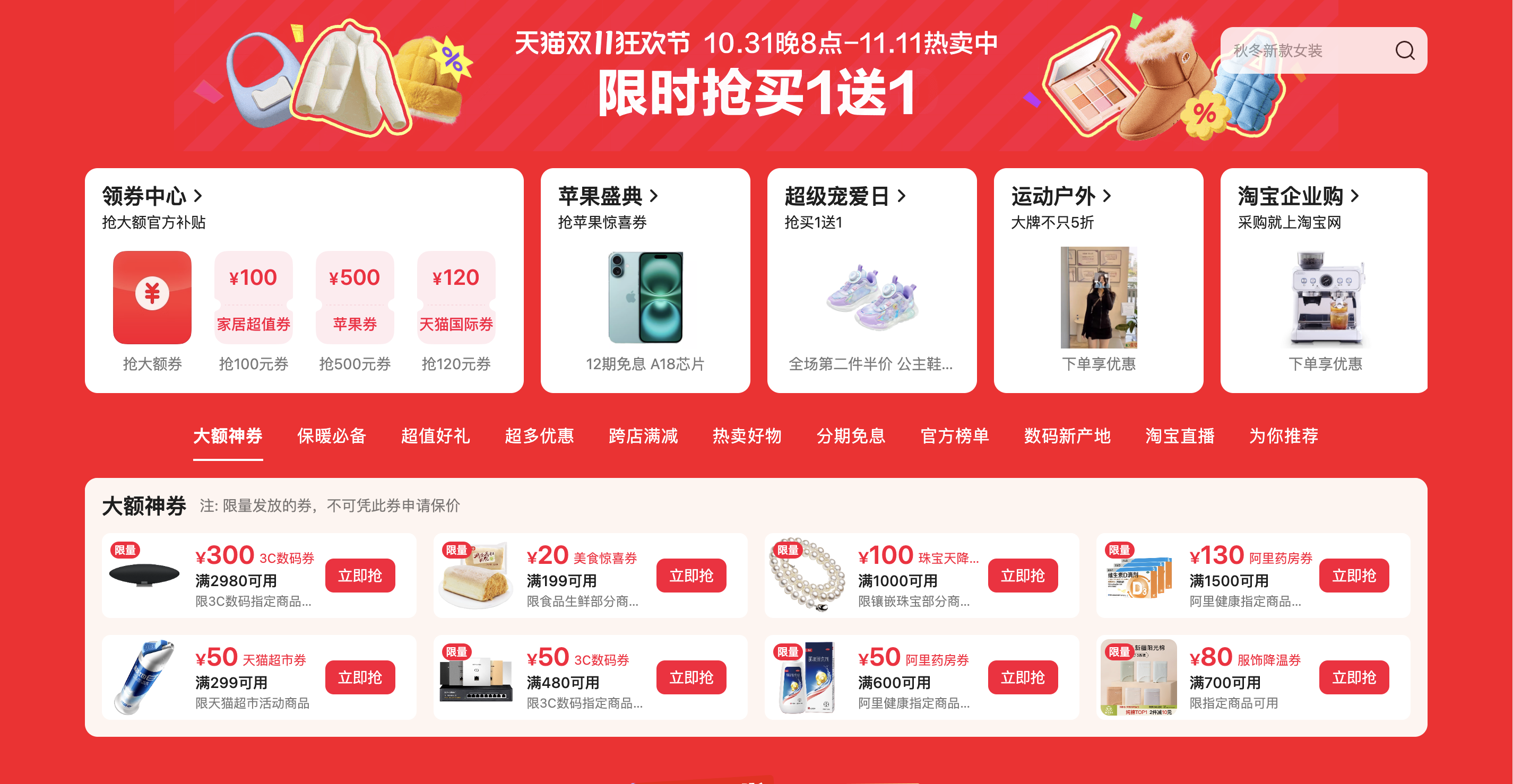Hot Pot’s Cultural Intel Community, our unique panel offering of 5,000 real Chinese shoppers, is a critical insight tool we use to inform our digital marketing efforts for clients.
The latest insights we collated for an international shoe brand we are working with provided great scope for brands to further understand the Chinese buyer. We have selected the top 3 trends for brands in this space to take note of.

Methodology
As part of this project, we spoke to 200 Female Shoe Buyers from our Cultural Intel Community. As well as being shoe buyers these consumers fit the following attributes:
-
City: Tier 1 - Tier 3
-
Age: 20-40
-
With monthly disposable income more than ¥10K($1500)
-
Purchase premium shoes (¥1K+/$150+) in the past 12 months
-
Spent more than ¥2K/$300 on shoes in the past 12 months

Trend 1: Comfort Far Outstrips Brand Credentials for Premium Buyers
As per the chart above, the first finding that the CIC data showed us was related to purchase drivers for female shoe buyers. We found that when asked what the main reason for buying shoes was, Chinese women highlighted comfort as the lead in 60% of cases. This is significant as this factor far eclipses product design, colour, and most interestingly, price. Implicit within this finding is that there is a real tilt towards comfort and practicality when it comes to footwear choice in China, and that when it comes to securing comfortable footwear, a high price may be less consequential.

Statistics that make for comfortable reading
Hot Pot’s Hot Take
For shoe brands looking to grow in China, we think that the above chart is of major significance, and underscores China’s position as a challenging outlier market where brands need to think differently. Sustainability credentials, brand narratives, price and design all play second fiddle to comfort, and so where it makes sense to, messaging and positioning should look to dial up a shoe’s comfort as much as if not more than its distinctive design.
The additional insight is just how price resistant this market is when it comes to style and comfort. Digital and offline marketing should not ignore price, but should absolutely take note that higher pricing strategies can be used to justify some of the more important purchase factors.

Trend 2: Ecommerce Rules the Roost
The second trend we found in our research was the massive comparative role that E-Commerce shopping plays versus bricks and mortar shopping when it comes to shoe shopping for women in China. In nearly 80% of cases, Alibaba’s B2C platform Tmall was the lead channel for the Chinese women we surveyed when it came to shoe shopping, and this was followed by JD, partially owned by Tencent.
Surprisingly, the major E-Commerce platforms were all cited as primary channels in more than double the instances versus bricks and mortar alternatives: offline stores, department stores and outlet stores were all far lower down when it came to shoe buying as you will note from the chart below.

Hot Pot’s Hot Take
Whilst it’s no secret that the rate of growth of E-Commerce penetration in China has been seismic in the last 10 years, with user penetration in China set to increase from 76.8% in 2023, to 93.4% by 2027, according to Statista, it’s nonetheless startling to see E-Commerce take such a strong hold of a category like shoes, which as per our own data places comfort (which requires trying on) at such a high importance.
Whilst this is significant, it should be emphasised that we still feel strongly that there is a role for a blended approach for brands looking to grow in China - by all means look to drive scale with the right E-Commerce solution, but equally do not discount the importance of having your brand present in premium branded or retail environments, especially when comfort plays such an important role in buying decisions.
Trend 3: A Tilt to Sneakers within the Female Shoe Market
The third and final trend we found is good news for traditional sports and sneaker brands. According to our survey data, shown below, this price-resistant group of female shoe buyers are far more likely to spend big on sneaker brands than they are on the classic luxury shoe brands. Adidas and Nike top the tree, but interestingly Ecco, Fila and domestic brand Li Ning all feature within the top 15 brands cited as preferences for high purchases.

Hot Pot’s Hot Take
The data above should not be misunderstood. It’s not to say that Gucci, Chanel and Prada have no relevance in China (far from it!), but it is important to observe that the global tilt towards positioning sneakers as a desirable multi-use footwear option that can be dressed up for work or down for socialising is very much consistent in China too.
Our CIC concluded that an upper limit of £350 for sneaker spend was not uncommon, and so based on the huge purchasing potential, brands have rightly been buoyant in their outlook for the sneaker market in China.
About the CIC
Hot Pot’s Cultural Intel Community is led by Adam Sandzer and Chih-yuan Wang, and is a mixed panel of 5,000 regular shoppers and Key Opinion Leaders (KOLs) with high follower counts on Chinese social media.
These consumers are representative and are located all over China, allowing us to segment findings to give us the sharpest possible insights. Unique amongst partners helping brands enter China, qualitative and quantitative data from our CIC has informed the market entry strategies, E-Commerce and Digital Marketing projects we have undertaken for a range of clients, including Canada Goose, Gymshark, Rituals and Bang & Olufsen.

If you are interested in growing your brand in China with real consumer insights, please reach out to Adam and Chih at nihao@hotpotchina.com
Related blog posts

